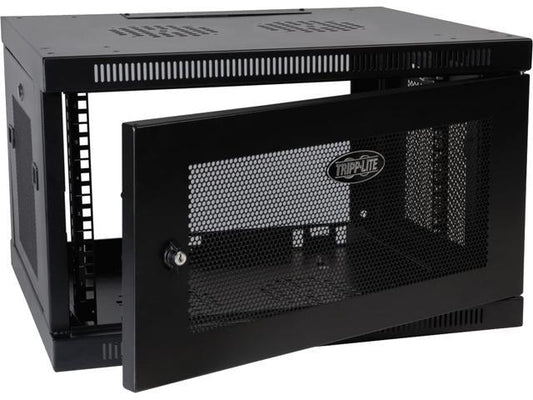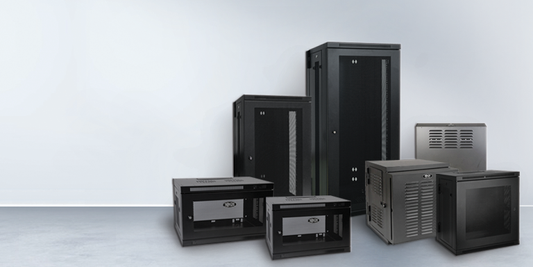Windows 10 Update Issues

When it comes to desktops and laptops, Windows is the most widely installed operating system, accounting for more than 75% of the global market share.
Obviously, just like you’d expect with every other technology, upgrading to the latest version of Windows is the in thing. At the release of Windows 10 in 2015, most people damped its predecessors for it, coming as a more refined version of the operating system.
In a disappointing trend, however, Windows 10 has become less popular over time. There are user-cited reasons why this is so, and, like every software developer, Microsoft is working “around the clock” to address the concerns that users have raised regarding their experience with Windows 10 since its advent.
Unfortunately, though, users still encounter bugs that impair functionality and general user experience.
That doesn’t mean, however, that a significant number of users will be rolling back to Windows 8 or 7. If you’re an existing Windows user or you’re thinking of using a Windows OS, this latest release is still the best.
Therefore, all you need to know are the bugs you’re likely to encounter and, of course, how to address them to make your experience with the software program friendlier.
Regardless, you don’t have to scratch your head so much over these issues, considering that they’re issues you can resolve, and Microsoft is also working to make every user’s experience seamless.
Why Update’s Not Working
It’s quite common to hear people complain of being unable to update Windows 10. At least one out of ten people experience this bug. It’s resolvable, so don’t panic. To begin with, confirm that you’re upgrading to the latest version of Windows 10. If the problem persists, consider downloading the Windows Update Troubleshooter and run it. Reboot the computer and try updating again.
In most cases, you should get through after troubleshooting, but it may still not work, and that means a more advanced action is needed. You could contact Microsoft support team for further direction on this.
Here are the latest issues users have encountered while upgrading Windows 10.
Flickering Screen
Most users who’ve tried installing the latest Windows 10 update have encountered this problem. Other issues that come with a flickering screen include changes to system fonts and audio issues. Compared with other updates, these problems make it one of the worst ever since the launch of the new software. Nevertheless, if successfully installed, the update should improve stability in the latest version of Windows 10.
Fortunately, this problem can be resolved by uninstalling the update, and Microsoft has made it easier for users. You can check online to find out how to uninstall windows updates.
Deleted Files
In yet another Windows 10 update that was unleashed in April, users have complained of deleted or moved files saved on the system drive. Sometimes, even the apps in the Microsoft store are deleted. Most of these files disappear into the recycle bin, therefore, before clearing your bin, find out if your files are there.
Some users have also reported the Blue Screen of Death for April update with others complaining of crashes from time to time. Even so, Microsoft hasn’t offered a solution to these errors, and you only have the option of uninstalling the update.
Crashing Windows
In an update released in March for Windows 10, users complained of an update failure or crashing of various features and applications for the given version. Only a few Windows 10 users have reported this bug, and so, it’s quite rare. Nevertheless, you can avoid this bug by not installing the update, as it’s optional.
If you’ve already upgraded to the version and you’re experiencing problems, you can roll back to a previous version. Fortunately, Windows 10 allows you to roll back to a prior version within ten days after a significant update. While you won’t recover lost files, you’ll be on a more stable version of the windows.
Internet Connection Failure
While Windows 10 major update was meant to improve security on the operating system, most people have complained of broken internet connectivity during installation. It especially applies to proxy and VPN users and for applications that use WinHTTP or WinInet protocols. You’re likely to encounter this bug with apps such as Office365, Outlook, and Microsoft Office. Also, those using 32-bit applications experience the problem.
Microsoft took note of the problem and had promised to fix it by April. However, recently, the tech giant revealed that the internet connection issue has only been fixed for May 2020 update. Anyone using previous versions should install the latest Windows 10 update to avoid the bug.
Security Vulnerability
While no one has complained of this problem, Microsoft alerted its users of a possible security vulnerability in its most recent Windows 10 update. This came after ZecOps discovered that the hackers could take advantage of the bug and use it for data theft. The vulnerability can exploit a network communications protocol that’s used in different versions of Windows 10 and the software’s servers.
The good news is that ZecOps together with Microsoft, worked on a fix, and users were advised to install an update for this vulnerability as soon at it’s available. Nevertheless, the tech giant has warned Windows 10 users of the bug.
Missing USB Printer Ports
For all Windows 10 versions after May 2019 users have complained of USB printer ports that disappear after the printer is disconnected and the Windows closed. However, it doesn’t occur for desktop PCs. It’s popular with laptop users, and Microsoft warns that the Windows version won’t be able to perform any task that needs that port.
To avoid this problem, make sure you reconnect your printer before starting your windows. Even so, it’s still may not be workable for those using laptops.
Flickers for External Displays
External monitors connected to touchscreen laptops or tablets running on May 2020 Windows 10 update can flicker or even go black during connection. It’s a minor problem, and Microsoft has promised to fix it in an upcoming version of the software. Meanwhile, you can always restart your computer to resolve the issue.
So far, these are some of the issues users have reported while installing different versions of Windows 10. Fortunately, Microsoft has fixes for most of these bugs.



